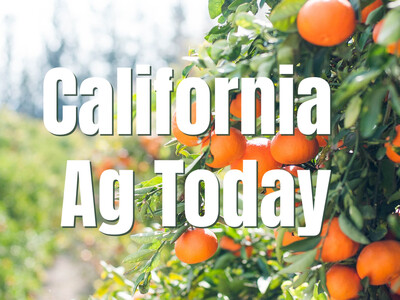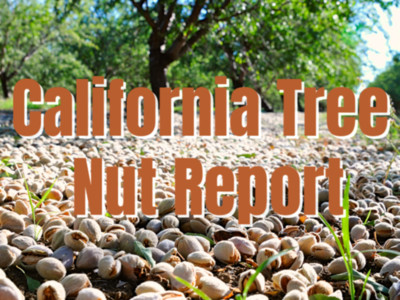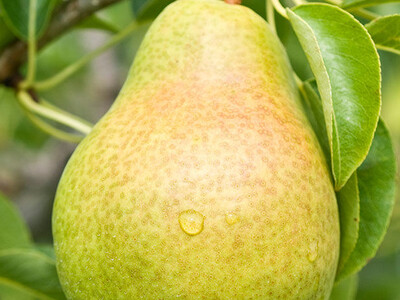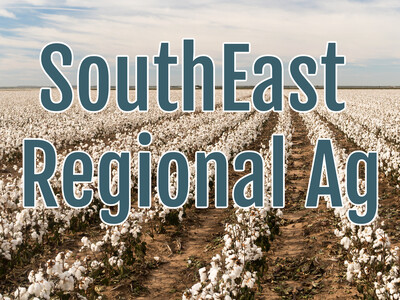Salmon Study Released & New Conservation Partnership
Salmon Study Released & New Conservation Partnership plus Food Forethought. I'm Greg Martin with today's Northwest Report.A new study by researchers at Oregon State University suggests that wild coho salmon that choose mates with disease-resistant genes different from their own are more likely to produce greater numbers of adult offspring returning to the river some three years later.
The researchers also found that hatchery-reared coho – for some unknown reason – do not appear to have the same ability to select mates that are genetically diverse, which may, in part, explain their comparative lower reproductive success. According to Amelia Whitcomb, who did the research as a master's student at OSU and is lead author on the publication, "This is the first study to examine mate choice among wild-spawning fish of both hatchery and wild origin, and the results suggest that greater diversity of immune genes between wild-born pairs of coho salmon may increase offspring survival."
The farm bill has in it a new conservation program which some say will revolutionize the way soil and water conservation programs are carried out. The new Regional Conservation Partnership program will target eight areas according to Ag Secretary, Tom Vilsack.
VILSACK: The eight areas involve the Great Lakes, the Chesapeake Bay, the Mississippi River Basin, the Long Leaf Pine Range in the southeastern part of the country. The Columbia River Basin, the California Bay Delta, the Prairie Grasslands area and the Colorado River Basin. Eight significant bodies, eight significant regions in the country which impact and affect water quality, water quantity and habitat.
Now with today's Food Forethought, here's Lacy Gray.
This has been National Beef Month, which works perfectly with all the grills being fired up now that warmer weather has finally arrived. And even with rising meat prices beef is still one of America's favorites when it comes to grilling. Those watching their calorie and fat intake will find it interesting that there are twenty-nine cuts of beef that meet government guidelines for lean, which means they have less than ten grams of fat and less than four point five grams of saturated fat per serving. On top of that, those twenty-nine cuts of beef are packed with nutrients, like zinc, iron, a multitude of B-vitamins, and protein. To help in identifying lean cuts of beef at the supermarket just remember loin and round, those choices should get you lean cuts of beef every time. Whether your favorite for the grill is sirloin, top loin, tender loin, or top round you know it's going to taste good. And now you know that while you may be choosing beef because of its flavor, you're also making a healthy food choice. This year it may cost a bit more to barbecue beef, but it's worth it.
Thanks Lacy. That's today's Northwest Report. I'm Greg Martin on the Ag Information Network.














